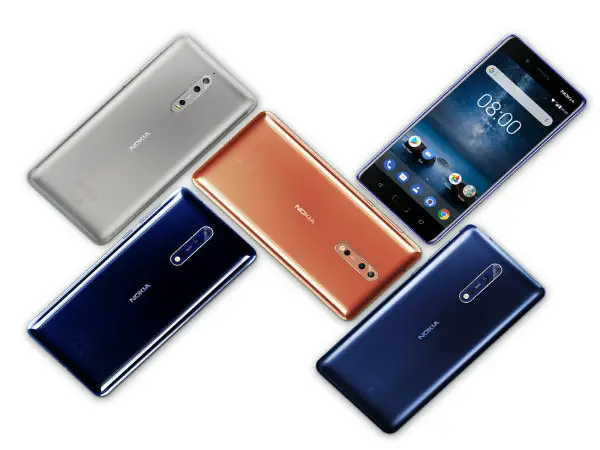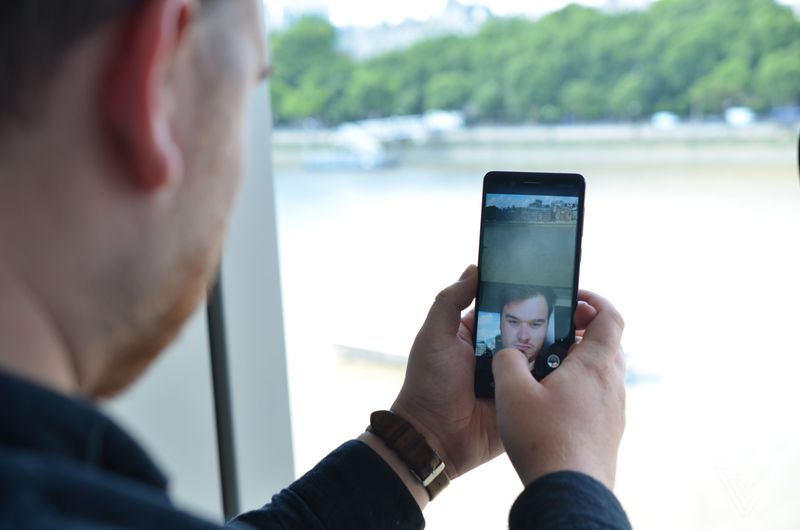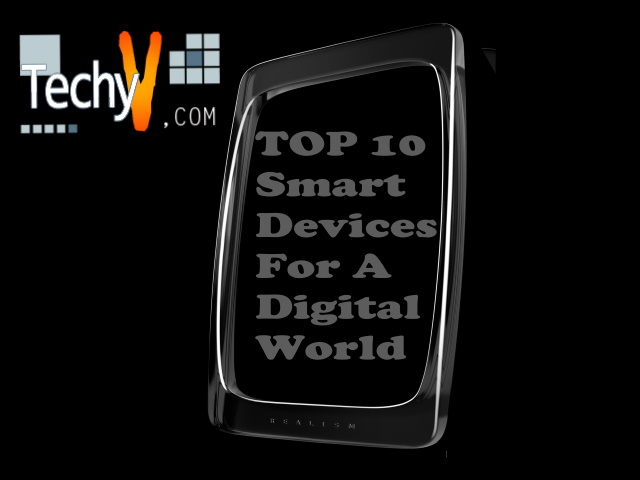Nokia was once known as the biggest mobile phone manufacturer in the world, but with the arrival of both the iPhone and Android smartphones, the company fell behind. Microsoft acquired Nokia’s Devices and Services division in the year 2014 and in 2016, the Finnish company, HMD Global Oy, also procured a portion of Microsoft’s feature phone business. They had a licensing agreement, which allows the company to produce smartphones using the Nokia brand. The HMD Global is also working with Foxconn’s FIH Mobile to produce new devices using Android’s stock version as their operating system.

The first thing you will notice on the Nokia 8 is its physical design, wherein, the first wave looks more angular and box like. The new flagship phone obtains similar designs from the leading smartphones in 2017. This means the Nokia 8 comes with a gentle curve beyond the back that is more comfortable to hold than the Nokia 6. It also has the radio transparent material, which is used for Wi-Fi, cellular, and Bluetooth. It can be found at the top and bottom edges.

The screen of the Nokia 8 is firmly flat and has no fancy designs or curved edges. It boasts a 5.3-inch QHD 2K resolution touchscreen display, which gives a huge but not excessive feel. There is enough room for the fingerprint sensor beneath the physical home key and it leaves space for the cameras too, making the front and rear-facing cameras use the entire depth of the smartphone.

The Nokia 8 comes with Qualcomm’s Snapdragon 835, 4GB of RAM, and 64GB of inbuilt storage, which is expandable to 256GB through a MicroSD card. Switching between the applications is effortless, and you will need to do serious streaming or gaming before the device warms up in your hand. The Nokia 8 is pack with 13-MP rear-facing camera and 13-MP front shooter. The first cam has Optical Image Stabilization (OIS) feature, while the second is a monochrome camera and lacks stabilization.

HMD didn’t customize the camera software very heavily, but the company has added the new “Bothie” mode, which can activate both the front and rear cameras for capturing photos and videos.

It is also powered by Android 7.1.1 Nougat and a 3090mAh non-removable battery, which is quite low in the capacity as compared to many expensive devices. However, the Nokia 8 support QuickCharge 3.0 via USB-C port so topping it up wherever you are won’t take long.
The Nokia 8 also supports dual SIM and accepts two Nano-SIM. It includes Wi-Fi, Bluetooth, GPS, USB OTG, NFC, 3G, and 4G connectivity. It is also comprised of useful sensors like Accelerometer, Ambient Light Sensor, Barometer, Compass Magnetometer, Gyroscope, and Proximity Sensor.
HMD has used the Nokia Mobile brand instead of HMD Global; however, it is still a big risk for the company. The biggest success of the Nokia 8 is definitely not due to the use of Android stock, regular security updates, or acclaimed imaging software, but it’s the fact that it is still under the Nokia brand and not HMD. The latter will surely struggle to get a niche in the market, while the former means a lot of people will still consider the Nokia 8 as a purchase.
Watch the Nokia 8 in action:


















